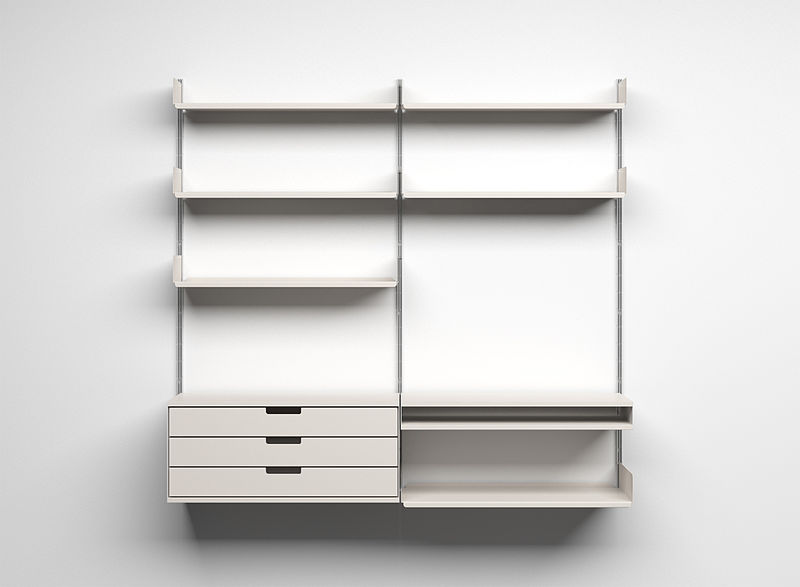Principles of good design

As a student in design school I was constantly seeking approval from my professors. They were my ‘clients’ at the time and the only important thing was for them to like and agree with what I created. I remember the final design ‘critique’ sessions (as they were known) to be torturous experiences which destroyed my self confidence as a designer most of the time. It took me a while to realize the reason for my anxiety: I was designing purely based on their preferences and not injecting my own values into my work. This realization made me question what good interior design is and if there were any universal principles I could use as my guide. Basically I was in search of rules which if followed would always lead to good design.
At this time I came across the ’ten principles for good design’ by Dieter Rams and found they resonated with my own beliefs. Rams is an influential German industrial designer who made Braun a household name in the 1950′s with his extraordinary designs for electronic gadgets. his famous quote below sums up his philosophy:
“Good design is innovative. Good design must be useful. Good design is aesthetic design. Good design makes a product understandable. Good design is honest. Good design is unobtrusive. Good design is long-lasting. Good design is consistent in every detail. Good design is environmentally friendly. And last but not least, good design is as little design as possible.”
In my final thesis I wanted to dive deeper into other design philosophies and see if they matched Dieter Rams' approach. I decided to analyze Feng Shui and Minimalism to determine if these contrasting, yet established design methodologies have commonalities in hopes to answer my questions. I was thrilled to discover both Feng Shui and Minimalism aim to create simple, clutter-free and methodically planned spaces which promote a sense of equilibrium between nature, space and man.
.jpg)

